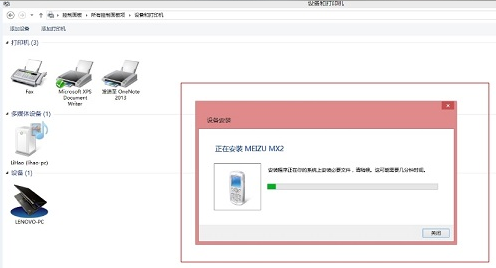I am making a stacked bar plot over a year time span where the x-axis is company names, y-axis is the number of calls, and the stacks are the months.
I want to be able to make this plot run for a time span of a month, where the stacks are days, and a time span of a week, where the stacks are days. I am having trouble doing this since my code is built already around the year time span.
My input original input is a csv file. I am pulling two rows like this:
CompanyName recvd_dttm
Company1 6/5/2015 18:28:50 PM
Company2 6/5/2015 14:25:43 PM
Company3 9/10/2015 21:45:12 PM
Company4 6/5/2015 14:30:43 PM
Company5 6/5/2015 14:32:33 PM
Then I make a datatable that looks like this
pivot_table.head(3)
Out[12]:
Month 1 2 3 4 5 6 7 8 9 10 11 12
CompanyName
Customer1 17 30 29 39 15 26 24 12 36 21 18 15
Customer2 4 11 13 22 35 29 15 18 29 31 17 14
Customer3 11 8 25 24 7 15 20 0 21 12 12 17
and my code is this so far.
First I grab a years worth of data (I would change this to a month or a week for this question)
# filter by countries with at least one medal and sort
df['recvd_dttm'] = pd.to_datetime(df['recvd_dttm'])
#Only retrieve data before now (ignore typos that are future dates)
mask = df['recvd_dttm'] <= datetime.datetime.now()
df = df.loc[mask]
# get first and last datetime for final week of data
range_max = df['recvd_dttm'].max()
range_min = range_max - pd.DateOffset(years=1)
# take slice with final week of data
df = df[(df['recvd_dttm'] >= range_min) &
(df['recvd_dttm'] <= range_max)]
Then I create the pivot_table shown above.
###########################################################
#Create Dataframe
###########################################################
df = df.set_index('recvd_dttm')
df.index = pd.to_datetime(df.index, format='%m/%d/%Y %H:%M')
result = df.groupby([lambda idx: idx.month, 'CompanyName']).agg(len).reset_index()
result.columns = ['Month', 'CompanyName', 'NumberCalls']
pivot_table = result.pivot(index='Month', columns='CompanyName', values='NumberCalls').fillna(0)
s = pivot_table.sum().sort(ascending=False,inplace=False)
pivot_table = pivot_table.ix[:,s.index[:30]]
pivot_table = pivot_table.transpose()
pivot_table = pivot_table.reset_index()
pivot_table['CompanyName'] = [str(x) for x in pivot_table['CompanyName']]
Companies = list(pivot_table['CompanyName'])
pivot_table = pivot_table.set_index('CompanyName')
pivot_table.to_csv('pivot_table.csv')
Then I use the pivot table to create an OrderedDict for Plotting
###########################################################
#Create OrderedDict for plotting
###########################################################
months = [pivot_table[(m)].astype(float).values for m in range(1, 13)]
names = ["Jan", "Feb", "Mar","Apr","May","Jun","Jul","Aug","Sep","Oct","Nov", "Dec"]
months_dict = OrderedDict(list(zip(names, months)))
###########################################################
#Plot!
###########################################################
palette = brewer["RdYlGn"][8]
hover = HoverTool(
tooltips = [
("Month", "@months"),
("Number of Calls", "@NumberCalls"),
]
)
output_file("stacked_bar.html")
bar = Bar(months_dict, Companies, title="Number of Calls Each Month", palette = palette, legend = "top_right", width = 1200, height=900, stacked=True)
bar.add_tools(hover)
show(bar)

Does anyone have ideas on how to approach modifying this code so it can work for shorter time spans? I am thinking that it will be modification in the OrderedDict section. Possibly making len(recvd_dttm) to iterate over?





